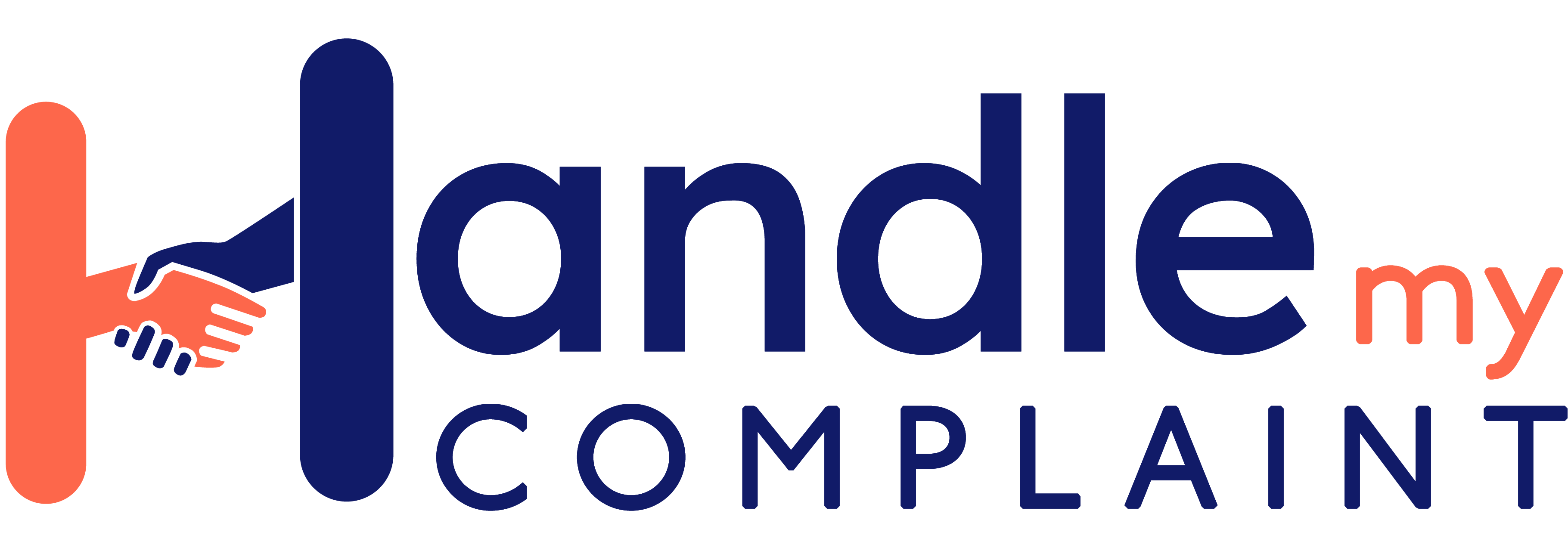
Will TV streaming have the fastest take-up rate for consumer technology in Australian history?
Last updated on September 23rd, 2022
Aussie viewer behaviour is stunning the experts. Subscriptions to TV and movie streaming services such as Netflix and Presto may prove to have the fastest take-up rate of new technology in Australian history. Even more intriguing is the rapid drop in piracy.
A recent survey by CHOICE says that the number of people regularly pirating (downloading illegal content) has dropped by a quarter since Netflix launched in 2014, down from 23 per cent to 17 per cent.
People may also be shying away from illegally downloading content following the furore over the 2013 film, Dallas Buyers Club. 4,700 iiNet subscribers are still waiting to see what punishment will be dished out to them after the movie’s owners were able to provide they illegally downloaded and shared a copy of the movie.
In the US, owners of the Dallas Buyers Club issued fines of up to $US150,000 pressuring people to agree to a settlement. In Australia, the courts are keen to protect consumers against this type of ‘speculative invoicing’ where consumers end up paying amounts that are disproportionate to the harm they have caused. Illegal downloaders of Dallas Buyers Club in Australia may still be liable for damages, but the amount they’ll be up for is more likely to be closer to a hundred dollars than a few thousand.
Aussie viewers now have plenty of choice, a reason to stop pirating and faster internet on its way. This may explain why almost 2 million people have already signed up to TV and movie streaming services. With so many options, picking the best provider is almost as difficult as buying a mobile phone plan.
Ensure you get the best deal with our crash course, on streaming, sometimes called Subscription Video On Demand (SVOD).
What is streaming
It’s a service that provides TV shows, documentaries and movies using your existing internet connection (an ‘over-the-top’ or OTT service). You’re charged a monthly fee, which is usually $10 to $20.
What service is most popular in Australia
In August 2015, there were 1.6 million Netflix subscribers, 332,000 subscribers to Stan and 193,000 sign-ups to Presto. Citi predicts that by 2018 more homes will be signed up to a streaming service than Foxtel, which currently has 2.6 million subscribers.
But Foxtel is putting up a fight. The week that Netflix launched in Australia, Foxtel allowed household to slash their monthly bills by three-quarters by ditching the drama, movies and kids packs.
And it’s not just Pay TV taking a hit. For the first time ever, Free-to-air TV viewing in Australia dropped below 90 hours per month, one month after Netflix's launched.
It seems we’re set to see fierce competiton for your viewership.
As of June 2015, there are four main providers operating in Australia:
Why are people switching to Streaming
Streaming allows viewers full control over when to start, pause, fast-forward, rewind and stop programs. There are no fixed programming schedules and content is updated regularly. Some streaming services release all the episodes in a TV series in one hit, allowing viewers to chose the pace they watch the entire season.
Captioning and Parental Locks are also provided for some content.
3 Key Comparisons
-
- Content
Check out the key content offered. Does that service have the shows, documentaries and movies you’re after. Remember that content offered in Australia may be different to what’s offered in other countries.
-
- Simultaneous streaming
Look for providers that allow content to be watched with multiple devices at the same time.
-
- Compatible devices
Ensure your devices such as desktop computers, laptops, smartphones, tablets and game consoles can be used for that service.
Top Traps
-
- Data usage
Using a streaming service will use your internet data. Unless you have unlimited data plan or your ISP gives you unlimited data for a particular streaming service, you may end up blowing all your data allowance if you’re not careful. The term to use when checking if you’re steaming data is being counted towards your internet data is ‘unmetered data’.
The following table shows the typical data usage rates (by desired video quality level) for each SVOD provider (at June 2015):
|
Video quality |
Netflix | Stan | Presto | Quickflix |
|
Low |
0.3 GB per hour |
0.57 GB per hour |
0.2 GB per hour |
N/A |
|
Standard definition |
0.7 GB per hour |
1.13 GB per hour |
0.9 GB per hour |
1.5 GB per hour |
|
High definition |
3.0 GB per hour |
2.89 GB per hour |
2.9 GB per hour |
2.5 GB per hour |
|
Ultra high definition (4k) |
7.0 GB per hour |
N/A |
N/A |
N/A |
If you have a 20GB internet plan and want to watch content in High Definition, you’ll only have about 7 hours of view time per month included, unless it’s unmetered.
If you do have data quota, your internet service provider must send you usage notification alerts at 50, 85 and 100 per cent of your included data allowance, thanks to the Telecommunications Consumer Protection (TCP) Code (C628:2012),
-
- Internet V Streaming
A subscription towards a streaming service is extra, it’s not necessarily included in the amount you pay for the internet. So if you get a free trial subscription for a streaming service, you’ll probably still need to pay for your internet service and the data used will still count towards your monthly quota.
-
- Internet Speed
The best way to ensure you can actually watch content without getting annoyed is to check the speed of your internet at the time you’ll most likely want to view content, usually at night. The Department of Communications has a tool that enables you to perform a speed test.
Download speed is measured in megabits per second (Mbps), the rate of data transfer. Not to be confused with megabytes (MBs), the amount of data transferred.
The table below sets out the minimum and recommended internet download speeds according to the main SVOD providers (as at June 2015):
|
Broadband speed and video quality |
Netflix |
Stan |
Presto |
Quickflix |
|
Minimum broadband speed required |
0.5 Mbps |
1.5 Mbps |
0.5 Mbps |
0.5 Mbps |
|
Recommended broadband speed |
1.5 Mbps |
N/A |
1.5 Mbps |
1.5 Mbps |
|
Standard definition |
3.0 Mbps |
2.5 Mbps |
3.0 Mbps |
3.0 Mbps |
|
High definition (720p) |
5.0 Mbps |
3.5 Mbps |
5.0 Mbps |
5.0 Mbps |
|
High definition (1,080p) |
N/A |
6.5 Mbps |
7.5 Mbps |
N/A |
|
Ultra high definition (4k) |
25 Mbps |
N/A |
N/A |
N/A |
N/A: Not available
If you’re having problems viewing content, try switching to ‘auto’ setting, which will automatically adjust the content quality according to your broadband speed.
-
- Registered devices
You’ll need to register each device you want to use to view content. Check the number of devices you can register and the number of times you change registered devices each month.
And one final word on data because it’s the biggest trap.
If you’re simultaneously streaming on two devices, you’re using double the data, even when the content is the same. If you’re streaming on three devices, that’s triple the data and so on…
Have you signed up to a streaming service or need some advice on whether to switch from Pay TV, we'd love to hear from you in the comments section below.






